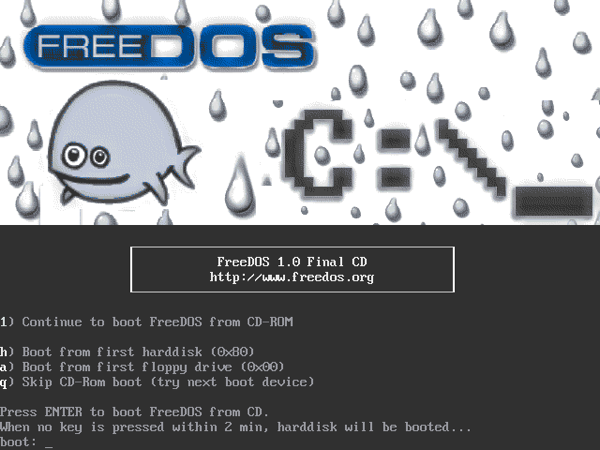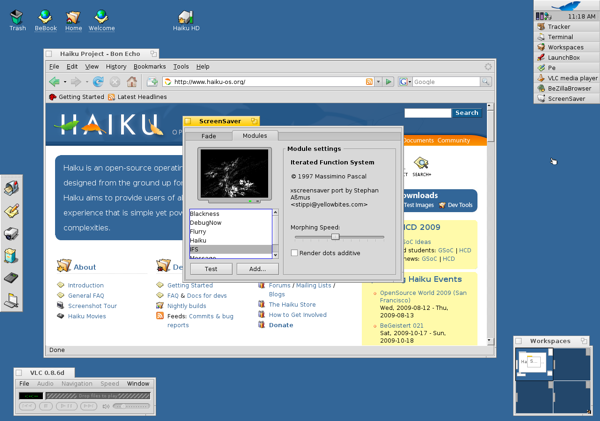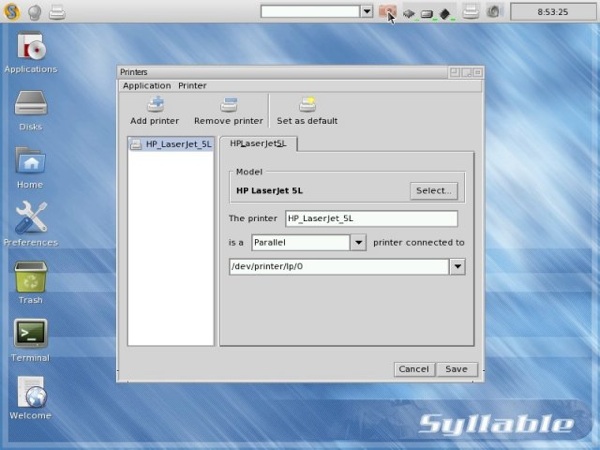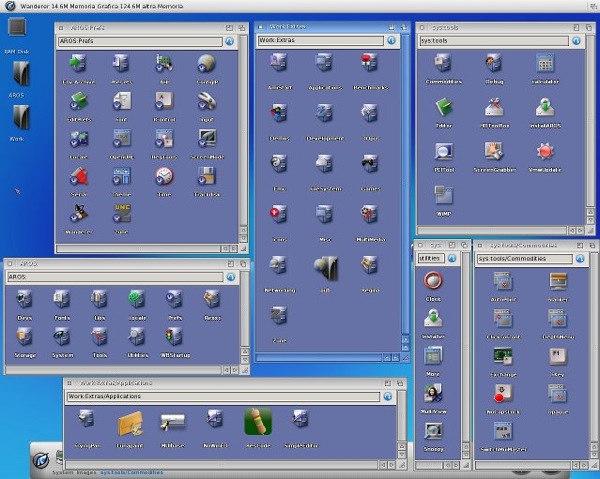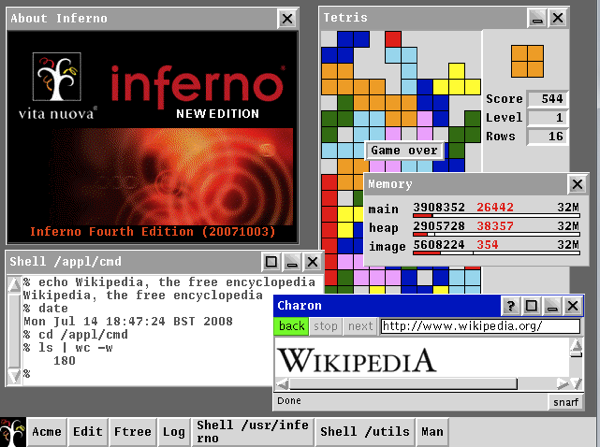If you’re tired of the same old operating systems, here are some interesting ones to try outside of the usual choices of Windows, Mac OS X, or Linux. They all happen to be open source Operating Systems, too.
FreeDOS
This one saved my bacon. When my netbook bios started acting up and not remembering its settings, I figure I had to update it. The BIOS update I downloaded required DOS. I run Linux, so I downloaded FreeDOS, an open source replacement for MS-DOS and put it and the files I needed on a USB drive. I was able to reflash my BIOS. It’s also fun to play with in a virtual machine or if you have an old computer laying around, you can boot up a modern and supported operating system on it.
Haiku
Haiku is an interesting up-and-coming operating system. It’s an open source recreation of BeOS, an operating system that gained a cult following in the mid-late ’90s. They developers at Be hoped that Apple would pick it as the replacement for their aging Mac OS, but Apple ended up buying NeXT and with it, Steve Jobs. We all know how that turned out. Fans of BeOS have created an open source replacement.
It’s also fast. It boots up in seconds in VirtualBox. There’s not a lot of software available for it, though quite a few popular open source applications are being ported to it. Haiku is definitely an interesting system to watch in the future.
Syllable
The Syllable project is an attempt to create an easy-to-use desktop operating system from scratch. It shares no code from Linux, BSD, or other open source operating systems, being coded mostly in C++. The desktop is easy enough to use with a few rough edges. Syllable also maintains a Linux version for servers called Syllable Server
AROS
AROS (Amiga Research Operating System) is another system that’s an open source recreation of a classic OS. The original operating system for the Commodore Amiga was known for its speed and efficiency. Commodore also absolutely failed in marketing their computers, though they did manage to find an enthusiastic following, especially among video professionals. AROS isn’t quite compatible with the classic Amiga software, but it is pretty fun to play with, whether you’re wistful for the glory days of the platform or just appreciate a clean, fast OS.
Inferno
Inferno is descended from the Plan 9 operating system originally developed by Bell Labs, the folks who gave the world the Unix operating system that most of the world’s Web servers run on. Like the original Plan 9, it’s an experiment in distributed computing. The client/server model pervades the system. The Inferno system defines a virtual machine, Dis, which can then be implemented on other system, including Plan 9, Linux, Windows, and Mac OS X.
This is only a sample of the operating systems available on the Web. Try burning a CD or thumb drive, and give these systems a try. For more operating system fun, see our post on Batman villains as operating systems and When Operating Systems Bullies Attack!

